Steve Pond’s column for The Wrap (Pixar’s Maverick Director: How I’d Tweak Our Formula for Success) had an awesome notable quotable:
“…I came out of TV animation, where you work on the kind of schedule where you don’t have time to doodle. It was a really good testing ground, because it makes you go with your gut and try stuff out and just roll with it. And once I got into features and saw how slow everybody works, I thought, OK, fine. I’ll keep at my same speed, and just get through more stuff.”
The above was stated by Mark Andrews, the guy who took over Pixar’s “Brave” from original director Brenda Chapman 18 months before the release.
I especially like the going with the gut part. Move on instinct!
When I saw that he came out of TV animation, the first thing I thought of was Genndy Tartakovsky who directed “Hotel Transylvania” after becoming well established for his television work that included “Samurai Jack†and “Dexter’s Laboratory,†“The Powerpuff Girls,†and “Star Wars: Clone Wars.â€
Note: In 2004, Genndy won Emmy awards for “Samurai Jack†and “Star Wars: Clone Wars,†and in 2005, received a third Emmy award for “Clone Wars.†He was also a storyboard artist for the live-action feature Iron Man 2, which received an Oscar nomination for best visual effects.
So I did some quick research and found out that Mark Andrews was a storyboard artist for Star Wars: Clone Wars and for Samurai Jack. Small world but it totally makes sense to me that these two men were brought in to fix animated features that needed to FINALLY get to market.

In the Pond column, Andrews talked about story:
Making something look great is difficult, but we can do it. Getting the story to be great is always the biggest hurdle, and that’s what eats up the time. We want absolute quality, and when that story’s not firing on all cylinders, man, we have to pull that in and push back the release date or even, sadly, swap out the director to get it working.
There is a whole section where he describes some key decisions that had to be made quickly (like losing the snow that the artists had apparently spent 2 years developing).
I have more work to do on the Genndy / Andrews connection. But right now, the takeaway for me is that both these guys are exploring the adjacent possible on a regular basis. That’s something we all should think about. Blending new technology and techniques with some throwback stuff and classic storytelling are all good things!
###
One concept Johnson elucidates is the “adjacent possible,†a theory attributed to biologist Stuart Kauffman. In short, the adjacent possible is the space inhabited by “what could be†based on what currently is. In biology and chemistry, for example, it’s the potential for various combinations of molecules to build self-replicating proteins. When that occurs, new adjacent possibilities open up, to the point of an explosion in life and order. — Source: John Battelle
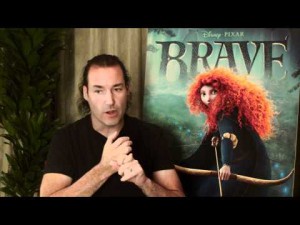
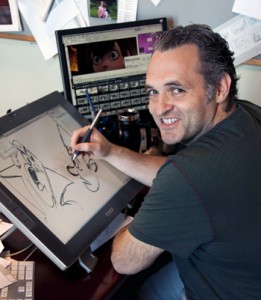

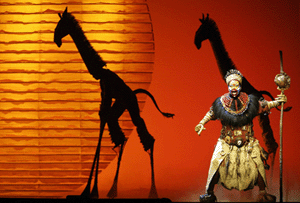
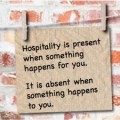
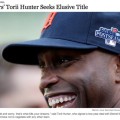
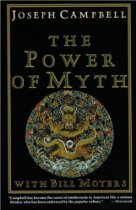
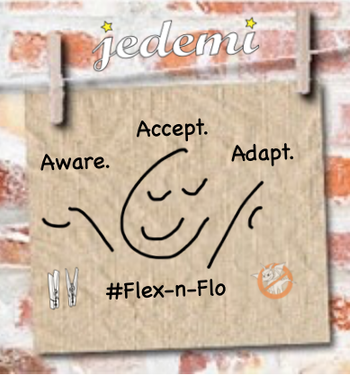
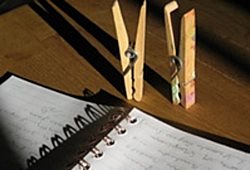
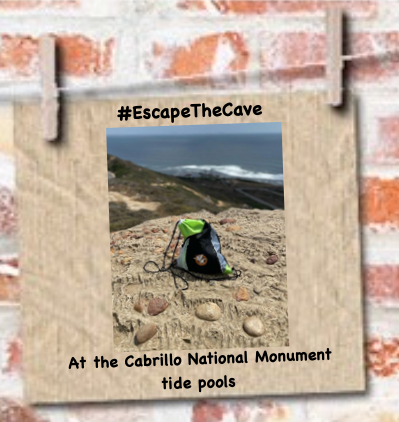


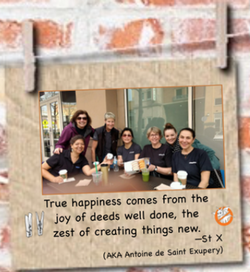


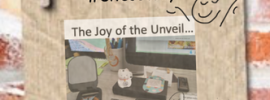
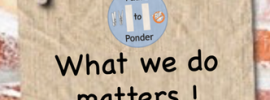

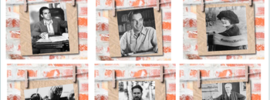
Speak Your Mind